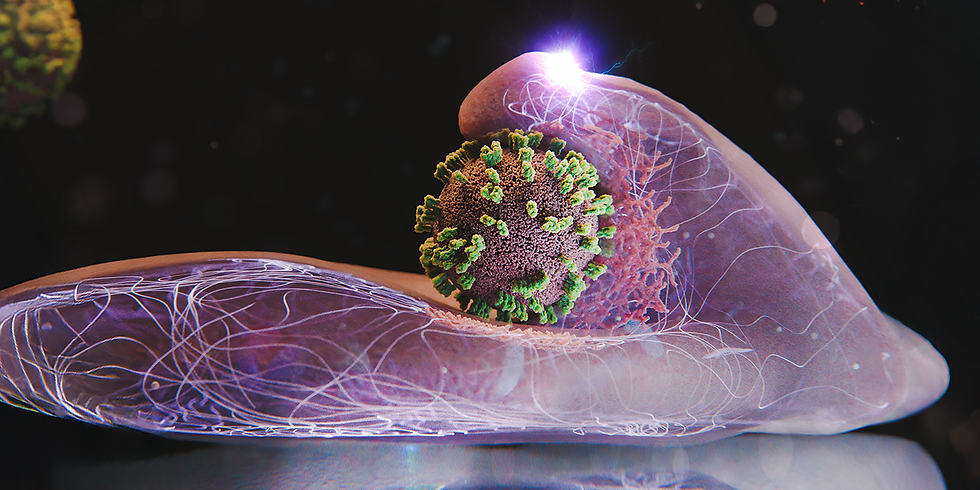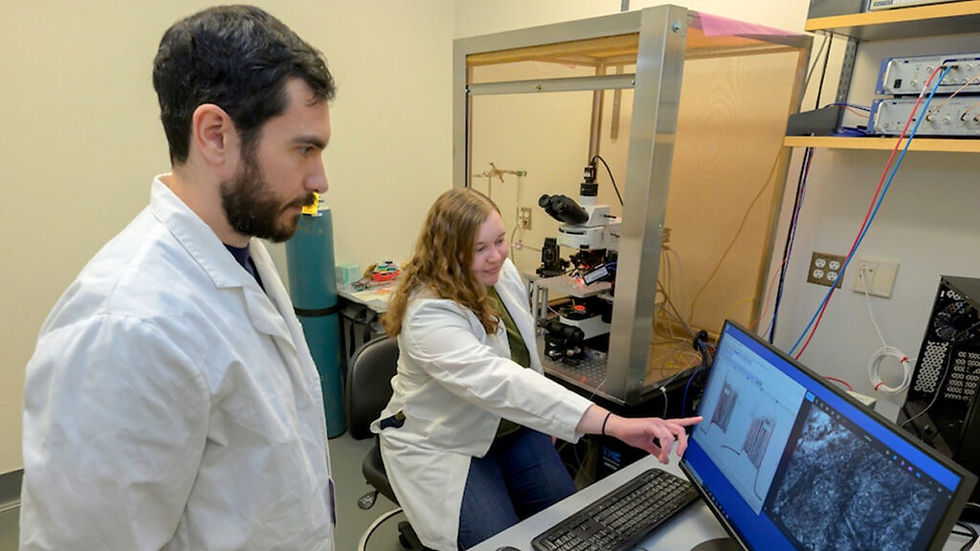Organoids able to grow their own blood vessels
- Nuno Gonçalves
- Jun 23, 2025
- 1 min read

Researchers in the US have generated lab-grown human heart and liver organoids that form their own blood vessels, overcoming a major limitation in organoid development.
Organoids are miniature organ-like 3D cell cultures and offer valuable models for studying human biology and disease. However, their growth has been limited due to the absence of blood vessels, with cells at the centre of organoids dying from lack of oxygen and nutrients.
Researchers from Stanford Medicine, California, used human stem cells to generate heart and liver organoids by combining heart or liver muscle cells, blood vessel-forming cells and smooth muscle cells.
Out of 34 chemical combinations tested, one led to the formation of two-week-old doughnut-shaped heart and liver organoids with a functional blood vessel network encircling a muscular centre.
“I’d love to be able to do this in all the different organoid types,” said co-leadauthor Oscar Abilez. “After all, almost every organ in our body has a blood vessel system.”
This technology – published in Science – marks a breakthrough in organoid vascularisation and could be used as a complementary technology to enhance disease modeling, therapeutic testing and organ replacement strategies.



